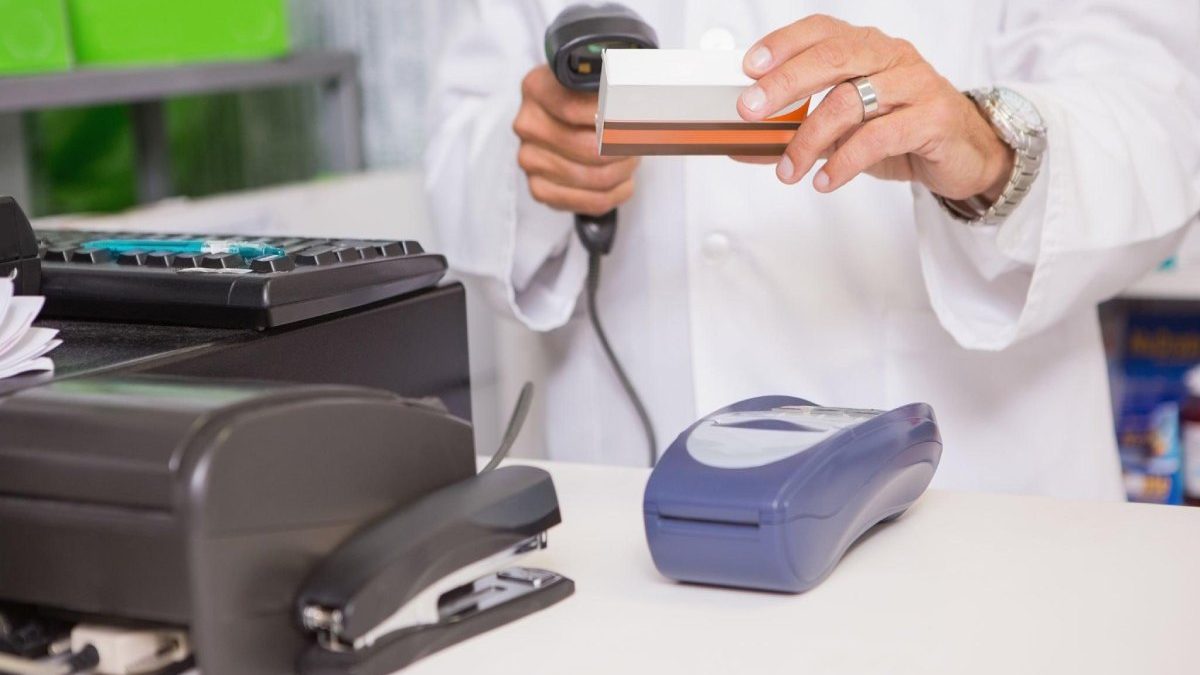Electronic point of sale (EPOS) equipment is essential for any modern business that wants to keep up with the pace of sales and manage their inventory effectively. While new EPOS equipment can be quite expensive, buying used EPOS equipment is a great way to save money without sacrificing quality or reliability. In this article, we will explore the various steps you need to take when buying used EPOS equipment.
Table of Contents
Step 1: Determine Your Needs
Before you start shopping for used EPOS equipment, it’s important to understand exactly what you need. You should think about the number of terminals you require, the features you need, and the types of peripherals you want to connect to your system. For example, if you’re running a retail business, you may need a barcode scanner, a cash drawer, and a receipt printer. You can get these items as many are sent out as a refurbs or barcode repair. If you’re running a restaurant, you may need a touchscreen display, a kitchen printer, and a card reader.
Step 2: Research Your Options
Once you know what you need, it’s time to start researching your options. There are a variety of places where you can buy used EPOS equipment, including online marketplaces like eBay, Amazon, and Craigslist, as well as specialist EPOS equipment resellers. Make sure to compare prices and read reviews of the sellers to ensure they are trustworthy and have a good reputation.
Step 3: Check the Condition of the Equipment
When you find a potential seller, it’s important to thoroughly check the condition of the equipment. Ask for detailed photos and a description of any scratches or damage. You should also ask the seller how long they have had the equipment and why they are selling it. This will give you an idea of how much use the equipment has had and whether it’s likely to have any issues according to Surplus.net.
Step 4: Ask for a Warranty or Return Policy
When buying used equipment, there is always a risk that it may not work properly or that it may break soon after purchase. To protect yourself, ask the seller if they offer any sort of warranty or return policy. This will give you the peace of mind that you can return the equipment if it’s not as described or if it breaks shortly after purchase.
Step 5: Test the Equipment
Before you finalize your purchase, it’s important to test the equipment to ensure that it’s in good working order. If you’re buying from a local seller, ask if you can see the equipment in person and test it out. If you’re buying from an online seller, ask them to provide a video of the equipment in use or a live video call to demonstrate its functionality.
Step 6: Negotiate the Price
Once you’ve verified the condition and functionality of the equipment, it’s time to negotiate the price. Don’t be afraid to ask for a lower price, especially if you’ve found similar equipment at a lower price elsewhere. However, make sure to be reasonable in your negotiations and don’t insult the seller with a lowball offer.
Step 7: Arrange for Delivery or Pickup
Once you’ve agreed on a price, it’s time to arrange for delivery or pickup. If you’re buying from a local seller, you may be able to pick up the equipment yourself to save on shipping costs. If you’re buying from an online seller, make sure to ask about their shipping options and the estimated delivery time.
Step 8: Set Up and Configure the Equipment
Once you’ve received your used EPOS equipment, it’s time to set it up and configure it for your business. This may involve installing drivers, connecting peripherals, and configuring software. If you’re not familiar with EPOS systems, you may want to hire a professional to help you with the setup and configuration process.


